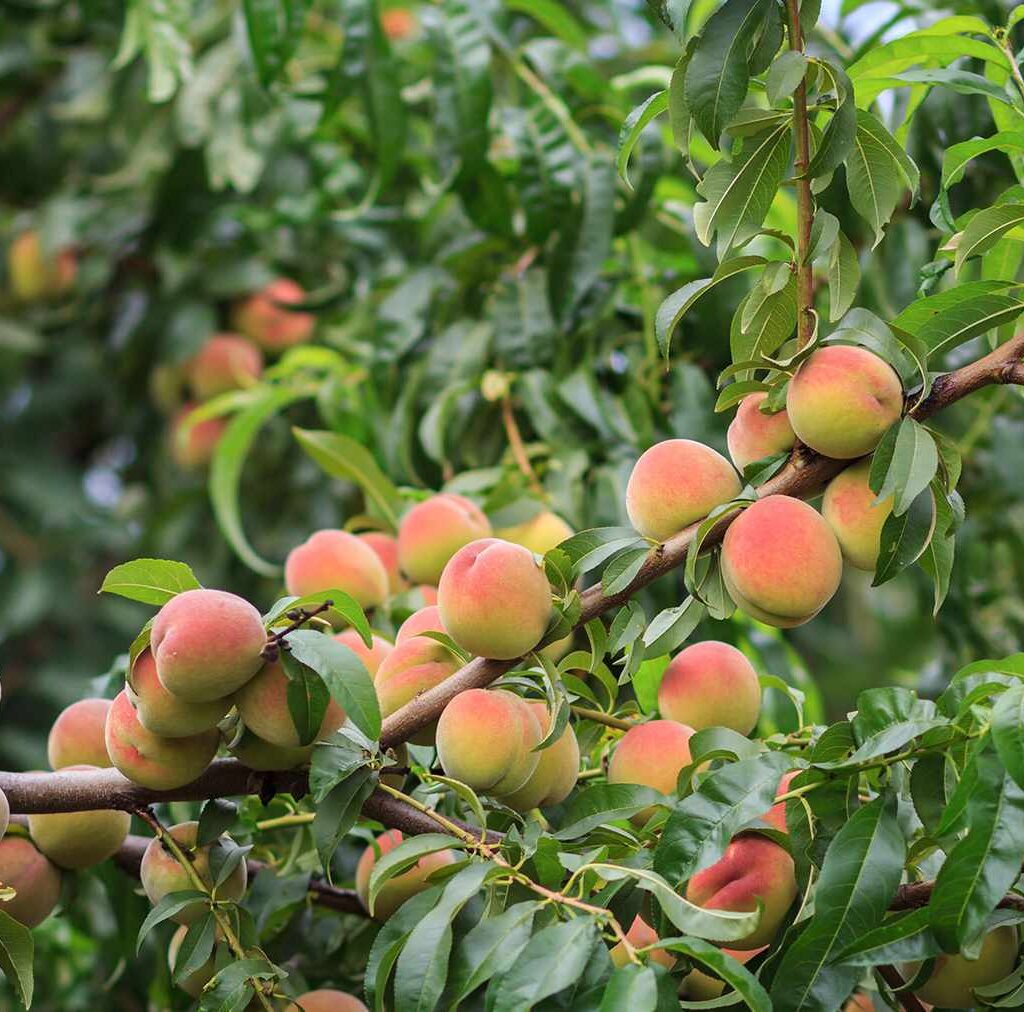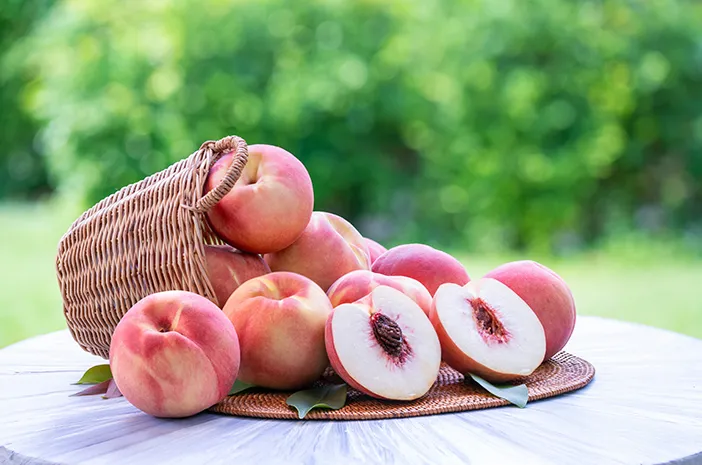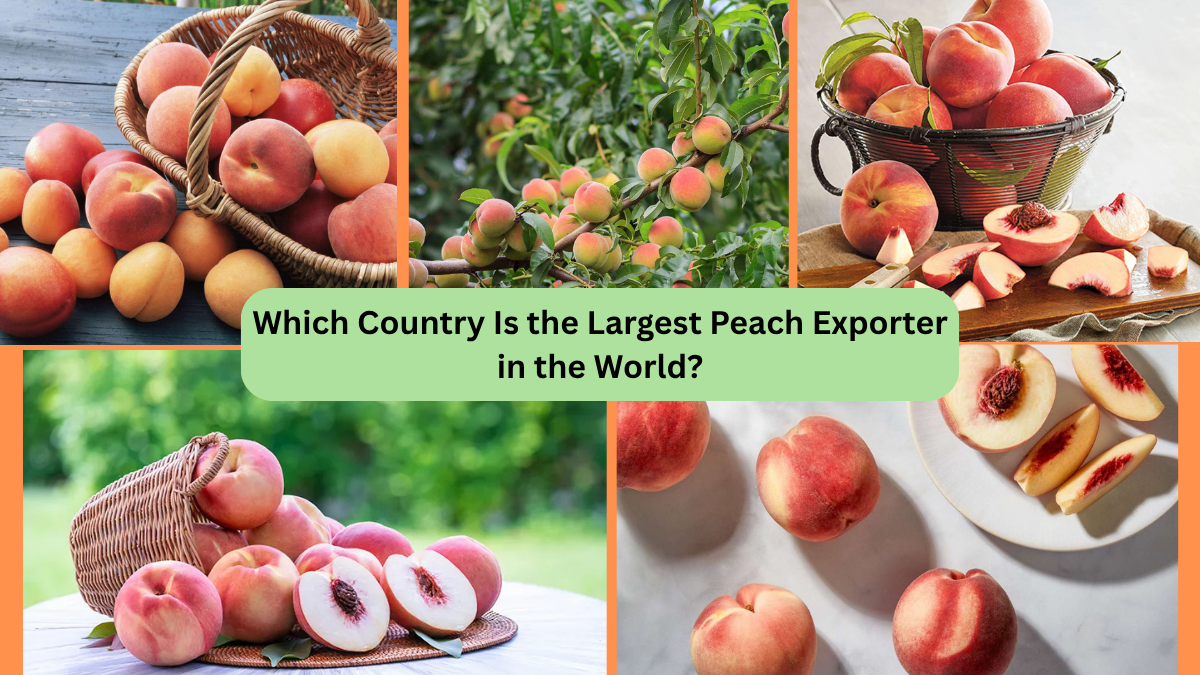Peaches — with their juicy texture, delicate skin, and fragrant sweetness — have earned a special place in the hearts of fruit lovers around the world. Whether enjoyed fresh, preserved, or turned into desserts and beverages, peaches are one of the most sought-after fruits globally. And as international demand for fresh and high-quality produce continues to rise, so does the global trade in peaches.
But when it comes to exporting these delicious fruits, which country leads the world? In this comprehensive article, we’ll uncover which country is the largest peach exporter, what factors contribute to its dominance, explore other major peach-exporting nations, and analyze the current trends and future prospects of the global peach market.
A Quick Look at the Global Peach Market

Peaches are typically grown in temperate and subtropical regions. The world’s leading peach producers include China, Spain, Italy, Greece, Turkey, Iran, and the United States. Interestingly, while China grows more peaches than any other country, it consumes most of its production domestically. This creates room for other countries to dominate the export scene.
According to recent trade data from the International Trade Centre (ITC) and UN Comtrade, the global peach export market was valued at over USD 2.5 billion in 2023, with millions of metric tons of fresh peaches and nectarines being shipped annually to markets across Europe, the Middle East, North America, and Asia.
Which Country Is the Largest Peach Exporter in the World?
Spain currently holds the title of the world’s largest peach exporter — both in terms of export volume and value.
Key Export Facts:
- In 2023, Spain exported approximately 689,000 metric tons of fresh peaches and nectarines.
- The total export value exceeded USD 1.03 billion, capturing over 40% of the global peach export market.
- Spain’s exports are shipped to more than 35 countries, with Europe being its primary market.
This remarkable achievement has cemented Spain’s reputation as the world’s leading supplier of peaches to international markets.
Why Is Spain the Top Peach Exporter?

Several factors have contributed to Spain’s dominance in the global peach export market:
Ideal Mediterranean Climate
Spain’s warm, sunny summers and mild winters — especially in regions like Aragón, Murcia, Valencia, and Catalonia — provide perfect conditions for cultivating peaches and nectarines. These regions enjoy long growing seasons and fertile soils, allowing for high-quality, flavorful fruit.
Modern Agricultural Practices
Spanish farmers have adopted advanced cultivation techniques, including drip irrigation, greenhouse peach farming, and integrated pest management. This ensures consistent yields, better fruit sizes, and minimal pesticide use — all of which appeal to international buyers.
Diverse Peach Varieties
Spain cultivates a wide range of peach varieties, including yellow-flesh, white-flesh, and flat (paraguayo) peaches, as well as nectarines. This variety enables Spain to cater to different consumer preferences in multiple markets.
Strategic Location and Logistics
Being located in Southern Europe, Spain has excellent access to nearby European markets and well-established shipping routes to the Middle East and North Africa. Its proximity to major importers allows for quicker deliveries, preserving the freshness of the fruit.
Strong European Union Market Access
Spain benefits from its membership in the European Union (EU), which allows it to trade peaches freely within the EU zone without tariffs or heavy regulatory barriers. This has helped Spain maintain a dominant position in European supermarkets and wholesale markets.
Other Major Peach Exporters
While Spain leads the way, several other countries also play significant roles in the global peach export market:
Turkey
Turkey ranks as the second-largest peach exporter globally, with annual exports exceeding USD 202 million. Turkish peaches are popular for their excellent flavor and competitive pricing. Turkey mainly exports to Russia, Iraq, Romania, and Germany.
United States
The United States, especially the states of California, Georgia, and South Carolina, is a major peach exporter. The U.S. exports over USD 146 million worth of peaches annually, primarily to Canada, Mexico, and Asian markets.
Chile
Chile is a leading peach exporter from the Southern Hemisphere, with exports valued at over USD 150 million. Thanks to its opposite harvest season (December to March), Chile supplies fresh peaches to Northern Hemisphere countries during their winter months.
Italy
Italy is another significant exporter, particularly within the EU market. Italian peaches are prized for their aroma and texture, with exports valued at over USD 134 million annually.
How Are Peaches Exported?

Peaches are exported primarily as fresh fruit packed in specially designed cartons with ventilation holes to allow air circulation. They’re typically shipped via refrigerated containers (reefers) to maintain their freshness during transit.
In addition to fresh fruit, some countries also export:
- Canned peaches
- Peach juice
- Frozen peach slices
- Peach puree and concentrates
These processed products are popular in the food service, hospitality, and beverage industries worldwide.
Key Trends Shaping the Global Peach Market
Several important trends are currently influencing the global peach trade:
Rising Demand for Healthy, Natural Foods
As consumers become more health-conscious, the demand for fresh fruits like peaches — rich in vitamins A and C, fiber, and antioxidants — continues to grow.
Expanding Markets in Asia and the Middle East
Countries like China, India, the UAE, and Saudi Arabia are increasing their peach imports due to higher disposable incomes and changing dietary habits.
Growth of Flat (Paraguayo) Peaches
The popularity of flat peaches, known for their sweet taste and unique shape, has surged in recent years, especially in Europe and Asia.
Organic Peach Production
Organic peaches are seeing growing demand, particularly in markets like Germany, France, and the United States, where consumers prefer chemical-free, environmentally friendly produce.
Cold Chain Improvements
Advancements in cold chain logistics and packaging technology allow exporters to ship peaches longer distances without compromising quality, opening new opportunities in previously inaccessible markets.
Challenges Facing Peach Exporters

Despite the promising outlook, peach exporters also face several challenges:
- Climate Change: Droughts, late frosts, and unpredictable weather patterns threaten harvest yields.
- Fruit Flies and Crop Diseases: These can reduce exportable volumes and lead to trade restrictions in certain markets.
- Trade Barriers: Exporters often face varying import regulations, sanitary standards, and tariffs in different countries.
- Labor Shortages: Particularly during harvest seasons, securing enough labor remains an issue for major peach-producing countries.
The Future of Global Peach Exports
The future of the peach export market looks positive, with expectations of steady growth over the next decade. According to market analysts:
- Global peach trade volumes could surpass 2 million metric tons by 2030.
- Spain is expected to maintain its position as the top exporter, though Turkey and Chile are steadily increasing their market shares.
- Rising demand for organic, sustainable, and exotic peach varieties will continue to shape consumer preferences and market opportunities.
- Technological innovations in agriculture, logistics, and post-harvest treatments will help mitigate some of the challenges posed by climate change and pests.
Conclusion

To sum up:
- Spain is currently the largest peach exporter in the world, exporting over 689,000 metric tons of peaches annually with a market value exceeding USD 1.03 billion.
- Spain’s success is due to its ideal climate, advanced farming techniques, strong EU market access, and efficient logistics.
- Other major peach-exporting countries include Turkey, the United States, Chile, and Italy.
- The global peach market is growing steadily, driven by health trends, rising consumer incomes, and increased interest in fresh, natural produce.
- Despite challenges like climate change and trade barriers, the peach export industry’s future remains bright and promising.



